On the eve of the New Year holidays, most of us, the traditions buy tangerines and oranges, to the festive table, and just eat the vitamins.
But, crusts from them, as a rule, throw away. And in vain! For real gardens, this is valuable raw materials that can be applied with great benefit on its site.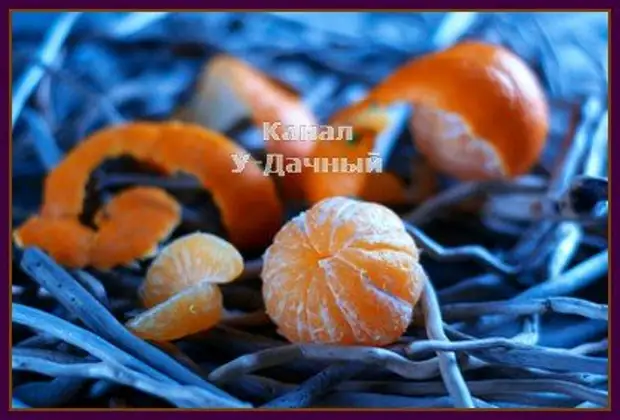
What are the cakes of citrus?
In citrus cakes (oranges, tangerines and D.R.), there is a huge number of vitamins of the group A, C, E. The skin is rich in various essential oils and flavonids.
The peel contains useful trace elements, such as: potassium, phosphorus, sodium and D.R. This is such a storage facilities contained in citrus cake. Corks can be used, both in fresh form and dried.
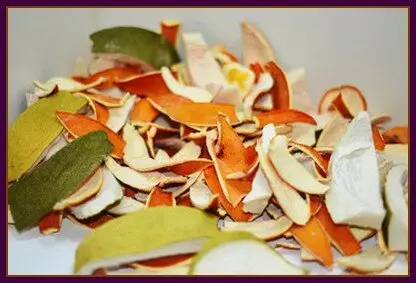
From the crusts prepare various infusions and feeding for the garden. Dried crusts can be crushed and they will not take a lot of space in your apartment, and in the season they will bring much benefits on your garden plot. And one more nice bonus, dried crusts in the apartment leave a pleasant fragrance and create an atmosphere of comfort and warmth, so that you do not need to throw them into the trash.
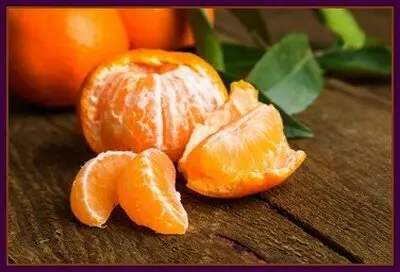
For those who do not know the scope of the use of citrus crusts in the country area, I will give ways to use them. And so:
1. Application like fertilizers
The easiest way, the use of citrus crusts, is soil fertilizer. Corks are injected into the soil at a depth of about 5-7 centimeters. Over time, it decomposes there and saturates the soil with useful trace elements. Nitrogen compounds that crust are given to the soil contribute to the accelerated germination of plants and improved development subsequently.
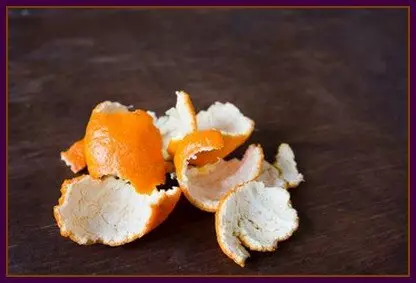
2. Adding to compost.
Do not want anything to do, improve the state of the compost, add citrus crusts there. Since citrus plants have an increased amount of essential oils, many harmful bacteria and insects will leave compost heaps. Some gardeners note that with a significant addition to the compost orange and tangerine crusts, the mouse does not come in the compost heaps in the winter.
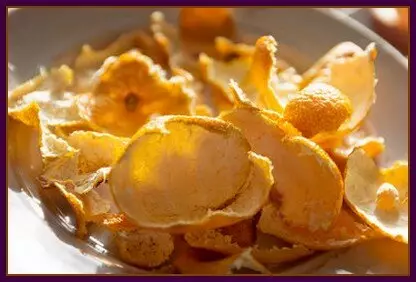
3. Infusion of citrus crusts against pests
In citrus crusts, it contains a special substance of Limonel, it is a deadly poison for some pests. With plants damage to such pests, like: TRIPS, TLL - the best tool to combat them is the infusion of citrus crusts.
Recipes of infusion were written in previous articles published on this channel (subscribe to the channel and all publications will be available). If you need to write recipes again - write in the comments and I will write a publication on this topic.
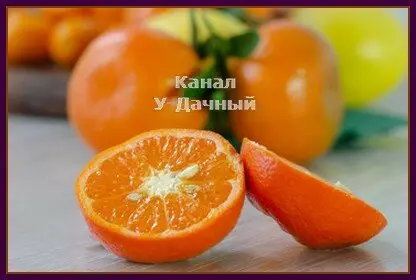
4. Cats do not like the smell of citrus
Everybody probably had that cats had their own or came to get a bed. Here the citrus cries are helping to cope with this nuisance. They can be decomposed on the garden, joining a little earth, you can pour a bed with an infusion of these crusts or sprinkle the earth crushed into powder crusts of citrus.
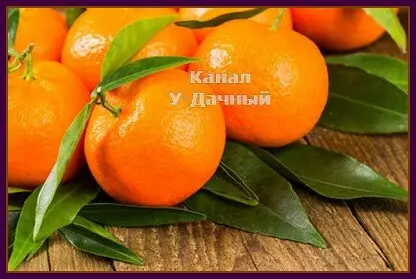
Well, convinced that citrus crusts are very helpful and should not be thrown away? If yes, I bet this article. Do you use crusts on your summer cottages? Share in the comments in your own ways, our subscribers and readers will be very grateful to you. Sincerely and fast meetings on the Channel, your Arina
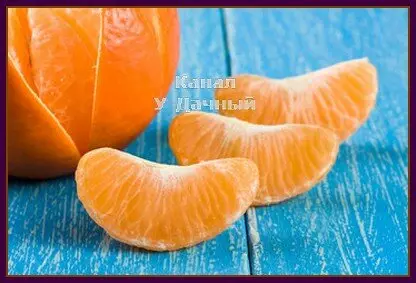
I will be very grateful if you put like this publication and share it in her social. networks (by clicking on the social logo. Networks on the left) so that other people can see useful and cognitive material
Source →
